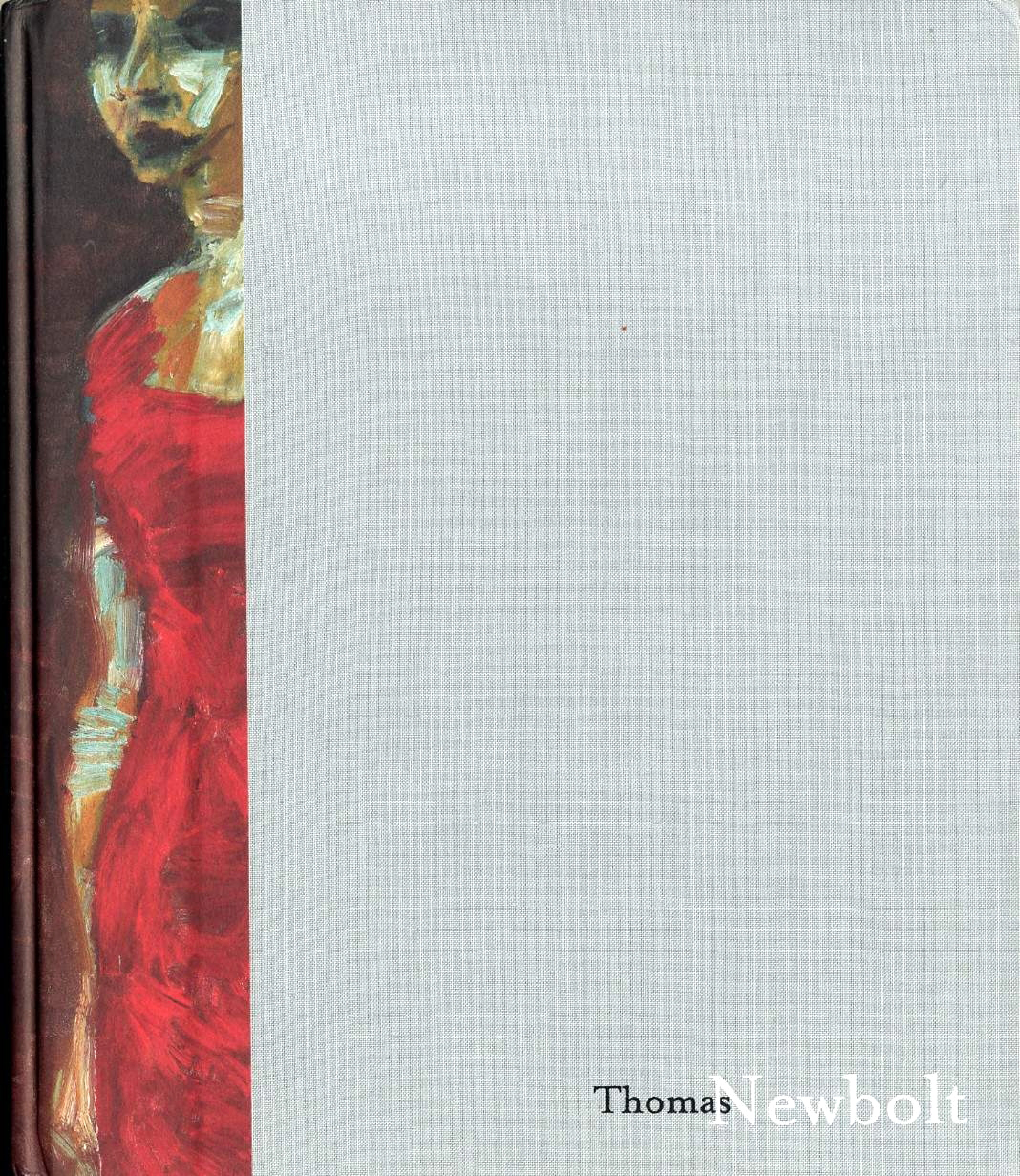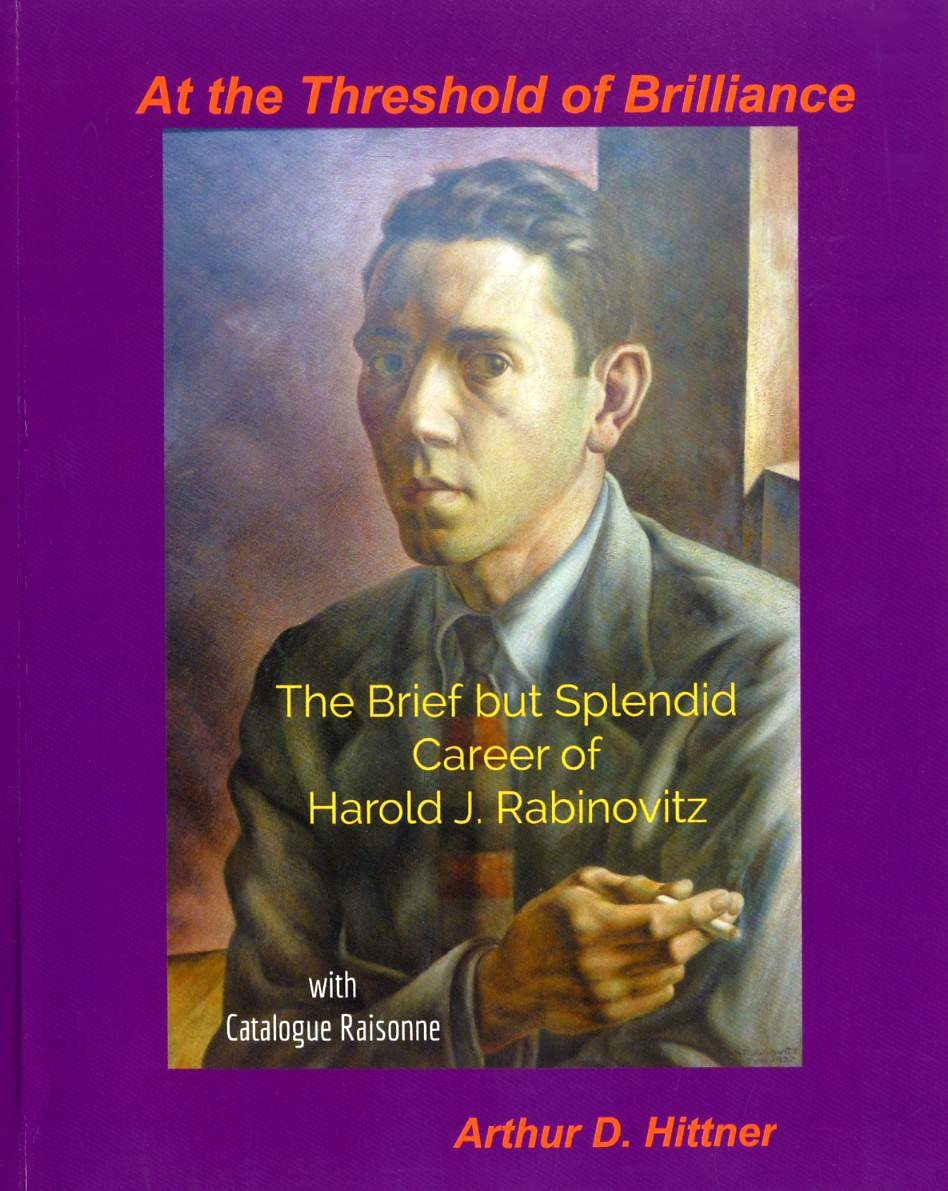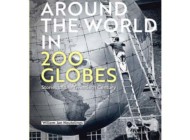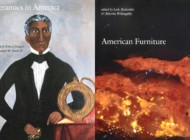
Thomas Newbolt, Paintings, with essays by Mark Hudson, Maurice Biriotti and Martin Gayford, Piano Nobile, www.piano-nobile.com, 2017; hardcover, 96 pages, $65.
For Thomas Newbolt, possibly unaware of Lucian Freud’s comment that “painting is all about paint,” his art has always been all about oil paint and the discoveries that can be made with it, according to Martin Gayford’s essay. “He is indeed a fanatic about paint,” Gayford said, confirming that Newbolt uses undiluted pigments, the best he can find, “with intensely saturated colors.”
Published to accompany an exhibition at Piano Nobile Kings Place gallery titled “Thomas Newbolt Drama Painting — A Modern Baroque,” which ran January to May, 2016, this is a reissue of the catalog that was developed for the exhibition.
Here, readers will find the Post-Modern figurative paintings by Newbolt that relate to historical as well as other contemporary paintings. The photographs of his paintings reveal his thick impasto paint, the images of large-eyed women on sofas or full-length standing in different colored dresses, and paintings of heads and self portraits.
Newbolt’s dedication to the figure in art and the vitality of his work have gained him international recognition. He was the Harkness Fellow at the University of Virginia and the University of Wisconsin. An English artist, Newbolt has taught a Camberwell, Anglia Ruskin and The Royal Drawing School, London. With essays by Mark Hudson, arts critic at the Telegraph; Professor Maurice Biriotti and Martin Gayford, critic at the Spectator, this volume is a reflection of Newbolt’s career to date.
The volume also has a catalog of works selected by Newbolt, a chronology of his career and an index rounding it into a full consideration of this enigmatic and powerful artist.

At the Threshold of Brilliance: The Brief but Splendid Career of Harold J. Rabinovitz by Arthur D. Hittner, The Rabinovitz Project, 11055 North Stargazer Drive, Oro Valley, AZ 85737, 2017 (revised edition); 185 pages, softcover, $29.95.
A native of Springfield, Mass., Harold J. Rabinovitz (1915–1944) earned a fine arts degree from Yale in 1935, studied at the Art Students League in New York City and rose quickly to prominence in American art circles before his burgeoning career was cut short just nine years later by his untimely death while a Japanese prisoner of war during World War II. In the brief span of six years between his college graduation and enlistment in the US Army, the award-winning artist exhibited at the nation’s leading museums (including the Carnegie, Whitney, Corcoran, Pennsylvania Academy of the Fine Arts and National Academy of Design) as well as the 1939 World’s Fair.
Although a major retrospective of the artist’s work was staged in 1952, Rabinovitz, like so many of the “neglected generation” of American Realist painters of the Great Depression, has since faded into relative obscurity in art historical circles.
The often called “American Scene” movement dominated American art during the second quarter of the Twentieth Century. It has been largely forgotten today, eclipsed by the emergence of Abstract Expressionism and the development of other avant-garde art movements that gained prominence in America by midcentury. But the work of the artists of the mid-1930s still resonate today: Thomas Hart Benton, Grant Wood, John Curry, Reginald Marsh, Isabel Bishop and Edward Hopper, to name a few. Within that genre, Rabinovitz was not only holding his own, his art was steadily evolving over his five-year career, he remains at the heart of the neglected generation of realist artists. Even as the Depression-era generation fades from the scene, its art lives on.
Based on eight years of research and aided immeasurably by the discovery of a family scrapbook and a treasure trove of paintings, prints and drawings hidden from public view for more than 60 years, this biography and catalogue raisonné of the artist’s production seeks to restore the reputation and reveal once more the genius of a talented artist whose wartime death ended a highly promising artistic career.
Arthur D. Hittner is an award-winning author; his 1996 Honus Wagner: The Life of Baseball’s ‘Flying Dutchman’ was awarded the Seymour Medal by the Society of American Baseball Research for the best book of baseball history and biography in 1996. He has written extensively on fine art, including books and articles in periodicals, and has served as a trustee of the Danforth Museum of Art in Framingham, Mass., and the Tucson Museum of Art
–AK




